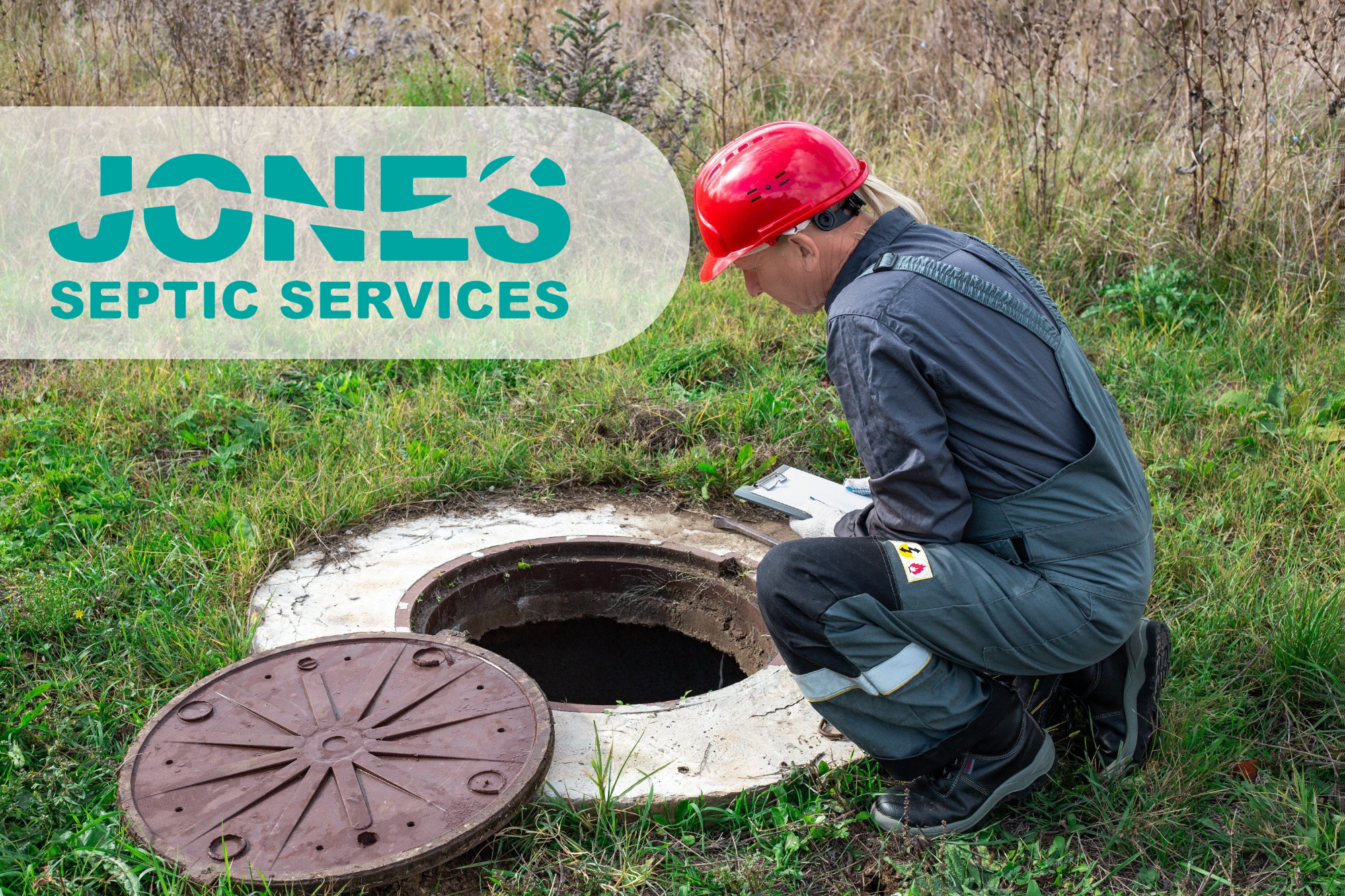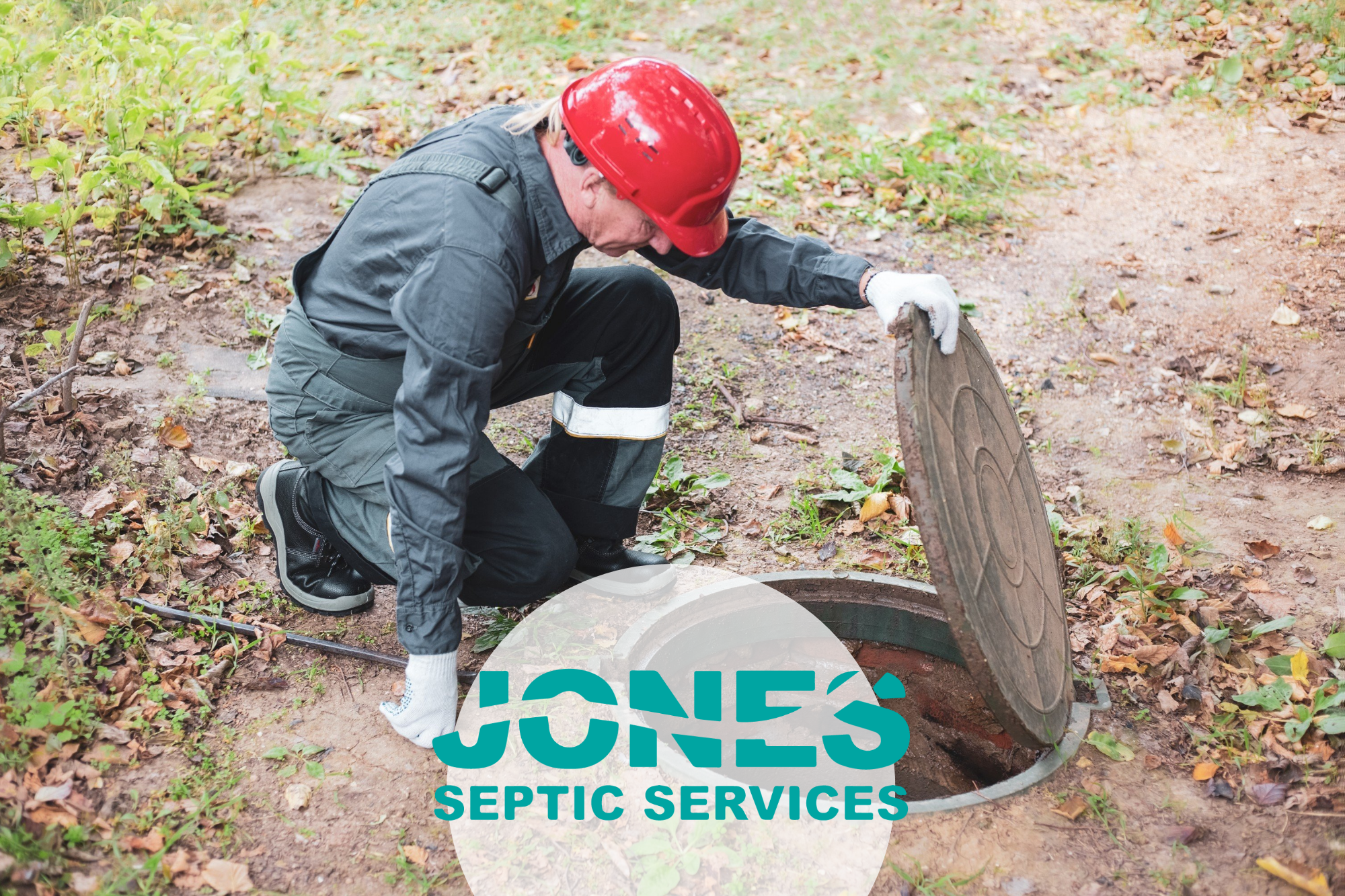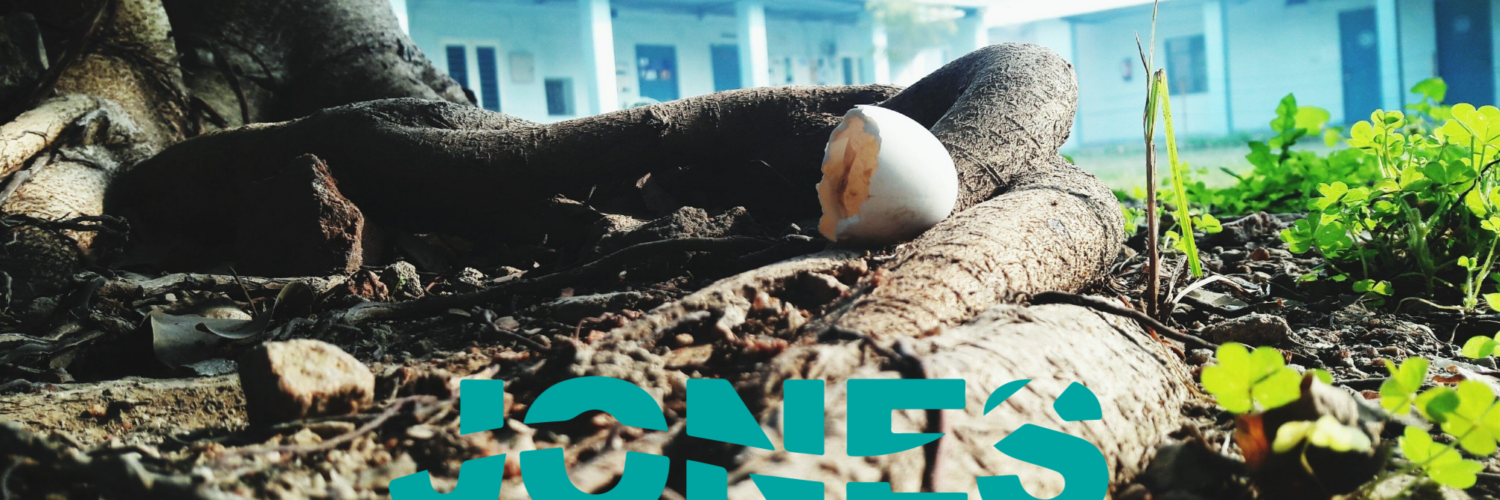When it comes to maintaining a property’s septic system, few threats are as persistent and potentially damaging as invading tree roots. Both homeowners and commercial property owners in Dutchess County face the risk of tree roots wreaking havoc on their septic systems, leading to expensive repairs and operational disruptions. The quiet and often unseen infiltration of tree roots into septic lines and tanks can result in blockages, leaks, and even complete system failure if not addressed promptly.
Tree roots are naturally drawn to the moisture and nutrients within septic systems, making these underground structures prime targets for aggressive root growth. In Dutchess County, where a mix of mature trees and suburban landscaping is common, the challenge is especially pronounced. The impact of tree roots on septic systems is not limited to physical damage; they can also disrupt the delicate balance of bacteria needed for proper wastewater treatment, ultimately compromising the efficiency and safety of the entire system.
This guide explores the impact of tree roots on septic systems, prevention strategies, and the critical role of professional septic services. By understanding how tree roots interact with septic components, property owners can take proactive steps to safeguard their investment. From implementing root barriers and choosing less invasive tree species for landscaping, to scheduling regular inspections and maintenance with qualified septic professionals, there are numerous ways to mitigate the risk.
In addition, relying on professional septic services ensures that any root-related issues are detected early and addressed using the latest tools and techniques, minimizing the likelihood of costly emergencies. With the right combination of prevention, monitoring, and expert assistance, both homeowners and commercial property owners in Dutchess County can protect their septic systems from the persistent threat of invading tree roots and ensure the long-term functionality of their wastewater management solutions.
How Tree Roots Impact Septic Systems
Tree roots naturally seek moisture and nutrients, and septic systems provide an abundant supply of both. Roots are drawn to pipes, tanks, and drain fields where they can infiltrate even the smallest cracks. What starts as a minor intrusion can quickly develop into a major issue, as roots continue to grow and widen openings, allowing more extensive infiltration. Over time, this can lead to blocked or collapsed pipes, compromised tank integrity, and malfunctioning drain fields. The damage may start small but can escalate quickly, resulting in significant repair costs and potential environmental hazards if wastewater leaks into surrounding soil or groundwater.
In regions like Dutchess County, where mature trees are common on residential and commercial properties, the likelihood of root intrusion is particularly high. The expansive root systems of local tree species can extend far beyond their visible canopy, seeking out any moisture source—including septic components buried underground. The consequences of ignoring this issue range from frequent backups and slow drains to complete system failure that requires costly excavation and replacement of septic infrastructure. In severe cases, root damage can even affect nearby structures or landscaping, adding to the complexity and expense of repairs.
The persistent nature of tree roots means that proactive measures are essential for property owners in Dutchess County. Without regular monitoring and maintenance, what begins as a small root infiltration can lead to extensive and expensive damage. Early detection through routine septic inspections, combined with strategic landscaping choices and professional interventions, can help minimize the risks and extend the lifespan of septic systems. Addressing root intrusion promptly not only protects the septic system but also safeguards the health of the property’s environment and the value of the investment.
Signs Tree Roots Are Affecting a Septic System
Property owners should stay vigilant for early warning signs of root-related issues, including:
- Slow-draining sinks, tubs, or toilets – When tree roots invade septic pipes, they can partially block the flow of wastewater. This leads to noticeable slow drainage throughout the property, often starting with fixtures closest to the septic system.
- Gurgling sounds from plumbing fixtures – The presence of tree roots can create air pockets or obstructed passages within the pipes, causing unusual gurgling or bubbling noises whenever water drains.
- Wet, spongy patches in the yard, especially above the drain field – Root intrusion can damage pipes and drain field lines, leading to leaks. These leaks saturate the soil, creating wet or muddy areas even during dry weather.
- Unpleasant odors around the septic system area – Damaged septic components from root invasion may allow untreated wastewater to seep into the ground, releasing strong and unpleasant odors that linger around the yard.
- Unexpectedly lush or green areas of grass above septic components – The nutrient-rich wastewater leaking from compromised pipes or tanks acts as a fertilizer, causing grass above these areas to grow faster, appear greener, and look unusually healthy compared to the rest of the yard.
These signs often indicate that tree roots are impacting the system, and addressing these symptoms promptly with a professional inspection can help minimize damage. Timely intervention not only prevents minor issues from escalating but also helps protect the longevity and functionality of the entire septic system. Septic experts can assess the extent of root intrusion, recommend targeted solutions, and carry out repairs or preventative measures to restore the system’s performance and safeguard the property.

Preventing Tree Root Intrusion in Septic Systems
Strategic Landscaping
One of the most effective ways to avoid root problems is thoughtful landscaping. Choosing trees and shrubs with less aggressive root systems and planting them far from the septic system components is key. Plants with shallow, slow-growing roots are far less likely to seek out the moisture and nutrients found in septic tanks, pipes, and drain fields, reducing the risk of damage over time.
Experts generally recommend keeping large trees at least 30 feet away from septic tanks and drain fields. In fact, for trees known to have particularly aggressive or far-reaching roots, an even greater distance—sometimes 50 feet or more—may be advisable depending on the species and soil conditions. When planning a landscape, it’s important to consider the mature size and root spread of each plant, not just its initial footprint.
In addition to careful plant selection, incorporating other landscape features—such as garden beds, mulch zones, or decorative fencing—can help define safe planting areas and visually remind property owners where septic components are located. By prioritizing strategic landscaping, homeowners and commercial property managers can enjoy beautiful, functional outdoor spaces while protecting the integrity and longevity of their septic systems.
Regular Maintenance and Inspection
Scheduling Dutchess County NY Septic Tank Inspection services helps detect early signs of root intrusion and other potential issues. Routine inspections provide peace of mind and can catch minor problems before they become major repairs.
Root Barriers
Installing physical root barriers around the septic system is another proactive measure. These barriers redirect roots away from vulnerable areas, adding an extra layer of protection. Typically made from durable materials such as plastic, metal, or specialized fabric, root barriers are installed underground between trees or shrubs and the septic system components. By creating a physical barrier, they guide root growth downward or laterally, preventing roots from reaching and infiltrating pipes, tanks, or drain fields.
Root barriers are especially effective in properties with mature trees or aggressive plant species, where the risk of intrusion is higher. When installed correctly by professionals, they offer long-lasting protection without harming the trees or disrupting the landscape. Combined with thoughtful plant selection and regular system maintenance, root barriers are a smart investment for safeguarding septic systems against the persistent threat of root damage.
Timely Septic Tank Pumping and Cleaning
Regular Dutchess County NY Septic Tank Pumping and Dutchess County NY Septic Tank Cleaning reduce the likelihood of blockages that can attract roots. Keeping the system clear ensures optimal flow and minimizes root-attracting conditions.
Addressing Tree Root Damage
If roots have already infiltrated a septic system, prompt action is crucial to prevent further deterioration and costly repairs. Ignoring the problem can lead to worsening blockages, complete system failure, and environmental contamination. Professional septic services offer solutions that include:
- Mechanical root removal using specialized augers or cutting tools – Experts use advanced equipment designed to navigate septic lines and cut through intrusive roots without causing unnecessary damage to the surrounding pipes. This method provides immediate relief from blockages and helps restore normal system flow.
- Chemical treatments (when safe and approved) to inhibit further root growth – In situations where mechanical removal is not enough, septic professionals may apply targeted chemical root inhibitors. These treatments are carefully selected and applied to prevent future root intrusion while protecting the integrity of the septic system and the surrounding environment.
- Repairs or replacement of damaged pipes and components – Once roots are cleared, it’s essential to address any structural damage they caused. This can involve patching small cracks, replacing compromised pipes, or reinforcing vulnerable sections of the system to prevent future breaches.
- Drain field restoration or replacement when necessary – If tree roots have severely impacted the drain field’s ability to process wastewater, septic experts may recommend restoring or replacing affected areas. This ensures that the system functions efficiently and complies with local health and environmental standards.
Working with a reputable provider ensures that these methods are applied effectively and safely. Trusted septic professionals not only resolve the immediate issue but also provide guidance on long-term prevention strategies, such as root barrier installations and landscaping adjustments. By partnering with experts, property owners can protect their septic investment and avoid recurring problems caused by invasive tree roots.
The Role of Professional Septic Services
Engaging professional services is the most reliable way to safeguard a septic system from tree roots. Specialists have the equipment and expertise to locate septic tanks and lines accurately, assess damage, and implement solutions tailored to each property’s needs.
Services such as Dutchess County Septic Tank Repair and Dutchess County NY Septic Tank Installation are essential when damage is extensive or when upgrading to a more resilient system design.
Importance of Timely Repairs
Delaying repairs can result in more widespread damage and higher costs. What may begin as a small root intrusion or minor crack in a pipe can escalate into a full-scale failure, requiring extensive excavation, replacement of key components, or even complete system overhaul. As the damage spreads, untreated wastewater can seep into the surrounding soil, contaminating groundwater and creating health hazards for occupants and the environment.
Sewer repairs, drain field installations, and pipe replacements are complex tasks best handled by experienced technicians. Professionals bring the knowledge, tools, and techniques necessary to assess the full extent of the damage and implement effective solutions. Their expertise ensures that repairs are completed safely, in compliance with local regulations, and with minimal disruption to the property.
Acting promptly not only helps contain costs but also preserves the overall integrity and lifespan of the septic system. Early intervention prevents small issues from snowballing into emergencies that could impact property value, environmental safety, and daily comfort.

Additional Tips for Septic System Longevity
Beyond addressing root intrusion and timely repairs, property owners can take proactive steps to protect their septic systems for years to come. Simple, thoughtful actions make a significant difference in minimizing risks and extending system life:
- Avoid planting water-hungry species near the septic area.Trees and shrubs with aggressive root systems are more likely to seek out and damage septic components. These thirsty plants instinctively grow their roots toward moisture sources underground, and septic systems—rich in both moisture and nutrients—are prime targets. Once roots infiltrate pipes, tanks, or drain fields, they can cause blockages, cracks, or even complete system failure if left unchecked.
Opt for shallow-rooted plants and keep landscaping features at a safe distance. Choosing plants with less invasive root structures helps reduce the risk of intrusion while still allowing for attractive landscaping. It’s also important to plan the placement of any trees or large shrubs well away from the septic system’s key components, including the tank, drain field, and distribution box. A good rule of thumb is to plant large trees at least as far from the system as the tree’s expected mature height. This precaution helps ensure that root systems stay clear of sensitive areas, protecting both the septic system and the landscape’s long-term health.
- Refrain from constructing patios, driveways, or other hardscapes over the septic system.While it may be tempting to maximize usable outdoor space, placing heavy structures over septic components can create serious long-term problems. These structures can compact the soil, hinder proper drainage, and make access for maintenance or repairs difficult. Compacted soil reduces the drain field’s ability to properly filter and disperse wastewater, leading to pooling, backups, or system overload.
In addition, hardscapes over septic tanks or drain fields obstruct service technicians from performing inspections, pumping, or emergency repairs without removing or damaging the structures. This not only increases the risk of unnoticed damage but also results in costly interventions when issues arise. To protect your septic system, it’s essential to plan outdoor living spaces and driveways with adequate clearance from all septic components, ensuring both system health and future accessibility.
- Monitor water usage to reduce strain on the system.Excessive water flow can overload the septic system, especially if leaks or root intrusions are already present. When too much water enters the system at once, it can overwhelm the tank and drain field, preventing proper separation and treatment of wastewater. This increases the likelihood of backups, pooling water in the yard, and damage to sensitive components.
Fixing drippy faucets, using high-efficiency fixtures, and spacing out laundry loads are practical ways to lessen the burden on the system. Even small, consistent leaks can contribute to hundreds of gallons of excess water entering the septic system over time. High-efficiency appliances, toilets, and showerheads help limit water use without sacrificing performance. Additionally, spreading out water-intensive activities—such as doing laundry or running the dishwasher—prevents sudden surges that can strain the system. By being mindful of daily water consumption, property owners can extend the life of their septic system, reduce maintenance costs, and minimize the risk of unexpected failures.
- Schedule regular septic system inspections and maintenance.Routine professional checks help catch early signs of damage or inefficiency, including root intrusion, before they turn into major issues. During an inspection, septic experts assess all key components—from the tank and pipes to the drain field and distribution box—to identify small problems before they escalate. These proactive evaluations can reveal hidden issues such as minor leaks, early root infiltration, or signs of wear that aren’t visible from the surface.
Regular pumping and cleaning further ensure optimal performance by preventing sludge buildup that can clog the system and reduce capacity. A well-maintained septic system runs more efficiently, handles household wastewater safely, and avoids unpleasant surprises like backups or costly emergency repairs. By establishing a maintenance schedule with a trusted provider, property owners can protect their investment, extend the life of their septic system, and promote environmental safety for their community..
By following these best practices, property owners can minimize the risk of tree root damage, avoid expensive repairs, and ensure the long-term reliability of their septic systems.
Useful Resources for Septic System Care
For further reading and guidelines on septic system maintenance, homeowners and property managers can refer to these authoritative resources:
- U.S. Environmental Protection Agency – Septic Systems Overview
- New York State Department of Environmental Conservation – Septic Systems
- National Onsite Wastewater Recycling Association
Why Jones Septic Service is the Trusted Choice in Dutchess County
Jones Septic Service brings decades of experience helping property owners in Dutchess County protect and maintain their septic systems. Over the years, they have earned a reputation for excellence, combining technical expertise with a genuine commitment to customer satisfaction. Their team is known for delivering friendly, reliable, and professional service across a wide range of solutions, from septic tank locating and pumping to portable toilet rentals and sewer installations. With a deep understanding of local conditions, regulations, and challenges—including the persistent issue of tree root intrusion—Jones Septic Service stands out as a partner property owners can count on.
Choosing a trusted provider like Jones Septic Service ensures that potential problems like tree root intrusion are managed proactively and effectively. Their comprehensive services, including drain field repairs and installations, pipe snaking and cleaning, and water repairs and installations, provide clients with confidence that their septic systems are in expert hands. Whether addressing emergency repairs, performing routine maintenance, or advising on preventative strategies, Jones Septic Service delivers solutions tailored to the specific needs of each property.
Their team uses advanced equipment and proven techniques to ensure that every job is completed safely, efficiently, and to the highest standards. This dedication not only helps extend the life of septic systems but also protects property value and the surrounding environment. By choosing Jones Septic Service, property owners in Dutchess County gain peace of mind knowing they have a reliable partner committed to safeguarding their septic investments.
Ready to Protect Your Septic System?
Homeowners and commercial property managers are encouraged to contact Jones Septic Service today for a professional assessment. Taking action now can help prevent costly repairs and ensure the long-term health of any septic system. With decades of experience serving Dutchess County, Jones Septic Service offers comprehensive solutions tailored to each property’s unique needs.
Whether it’s addressing potential tree root intrusion, performing routine maintenance, or planning a new installation, their team provides expert guidance and dependable service at every step. Don’t wait for small issues to become major problems—reach out to Jones Septic Service today and discover how proactive care can protect your septic system, safeguard your property, and provide peace of mind.





